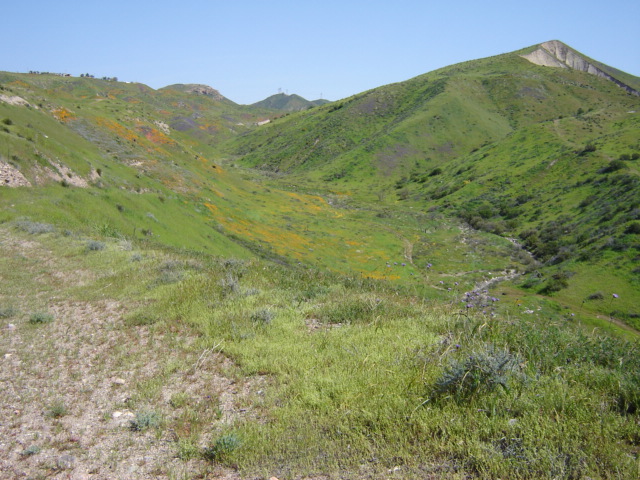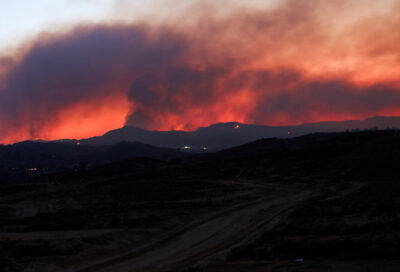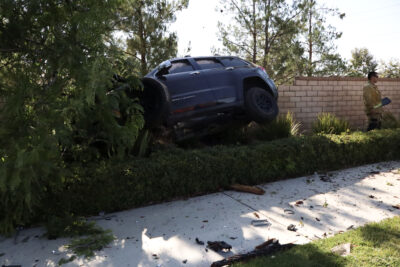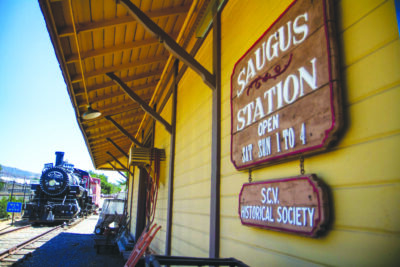The L.A. County Board of Supervisors on Tuesday is expected to consider a second appeal of the “Spring Canyon Project,” a decades-old name for nearly 500 single-family homes, duplexes and triplexes being planned for north of State Route 14 and Soledad Canyon Road, between Shadow Pines Boulevard and Agua Dulce Canyon Road.
The Mountains Recreation and Conservation Authority originally appealed the project, and the appeal was denied by the Regional Planning Commission on Feb. 12.
Local environmentalist group, Santa Clarita Organization for Planning and the Environment, filed an appeal of that decision nine days later, citing a handful of problems with the county’s decision to let the project move forward.
County planners who are recommending the project are calling on the Board of Supervisors to deny SCOPE’s appeal, because the project would “would help the county meet the demand for homeownership opportunities, ease pressure on the rental market by freeing up units and stabilize rents, which tend to rise with increased rental demand,” according to a July 22 letter from the Regional Planning Commission.
Calls to numbers listed for the LLC tied to ownership of the property, a New York-based investor named Jonathan Shumaker, and the applicant’s representative, were not immediately returned Monday.
County planning officials did not immediately respond to a request for comment Monday.
Project appeal
The Mountains Recreation and Conservation Authority first filed an appeal in October, claiming the project threatened several problems.
Among the concerns: potential lead exposure during grading; an inadequate wildlife crossing; infeasible native landscaping plans; questions about its 277 acres of open space; and substantial impacts to the California mountain lion.
Less than 10 days after county planning overruled the objections, local environmentalists appealed to the board for the $1,142 fee, according to a copy provided to The Signal.
The project creates a potential bottleneck in the canyon, doesn’t require enough fire protection and uses outdated tract maps that ignore protections for an endangered species, according to SCOPE President Lynne Plambeck.
Specifically, Plambeck said the circulation plan isn’t safe based on the number of units that can be built prior to construction of a secondary means of access, especially if there’s an emergency evacuation. She also mentioned state legislation pertaining to wildlife connectivity actions and climate change, which became effective following approval of the original project.
L.A. County staff states in its recommendation that county planning’s decision should be final due to the county’s codes and regulations, on all matters except for the endangered species, which is subject to appeal.
In the project’s recommended approval, county staff acknowledged the Southern California mountain lion was added as a candidate California Endangered Species Act species by state fish and wildlife officials in 2020, 16 years after the project’s original approval. “However, the listing did not increase or introduce additional environmental impacts to the project because the (environmental impact) analysis, findings of fact, and prior addenda took wildlife movement, including mountain lions, into account and determined the impact to be significant and unavoidable with the incorporation of feasible mitigation.”
Critics of the project raised the concern over the lack of a second access point until after 300 homes are built.
Addressing the fact that the project is in a very high fire hazard severity zone, county staffers cited a 6-year-old finding on the project: “In 2019, the board also found the construction of a fire station and transfer of said facility lot to the county would allow the county to address fire and hazard concerns within the proposed subdivision and surroundings (ATM4 Finding Nos. 34 and 35), thus allowing the applicant to construct 300 homes before constructing the project’s second means of access.”








